As you decide on having your home or business’s roofing repaired and/or overhauled, it’s important to be aware of the different types of roofing components, as well as the basic roof design elements for different things like your bedroom, covered patio ideas etc.
From New View Roofing Contractor experts to you, here are roofing FAQs you should know.
7 Basic (Main) Roofing Components
1. Sheathing
These are either board or sheet material that’s fastened or affixed on rafters. They’re secured on what are called “joists” (horizontal sections in the roof’s open space) and “trusses” (a kind of timber framework) of a roof.
2. Rafters
Rafters are a part of a sequence of sloping materials on roofing. They serve as supports for the roof and roof deck, as well as similar loads. Hence, they’re more commonly presented as roof decking.
3. Shingles
Shingles are meant to act as overlapping components. Said components are usually flat in structure and rectangular in overall shape. They’re set one atop the next, from the roof’s bottom all the way to the top.
4. Trim
These safeguard the roofing seam on what’s classified a “ridge” or “hip. Trims either go beyond the wall border’s exterior (a.k.a. the “eave”) or can be found on a building’s general perimeter (a.k.a. “fascia”).
5. Underlayment
Here’s something that’s referred to as a waterproof barrier because of its water-resistant property. Most, if not all, roofing materials have an underlayment beneath their surfaces as protection against varying weather conditions.
6. Drainage
This system will help divert not only water, but dirt and debris, through a gutter structure which you should keep covered with amerimax gutter guards or any other guards, and out through a downspout. This way, said materials won’t be “collected” on the roof and cause damages, leakage, and/or cave-ins.
7. Flashing
This thin roofing material is utilised to draw water away from stretches of the roof which is considered “critical”. And these portions are the areas where planes are adjoined to a wall or a similar vertical surface.
4 Main Elements In Roof Design
1. Ridge
It’s the “peak” or the highest point of the roofing system as a whole. According to experts, it’s among the main features that truly define the structural aesthetic and look of your home. This roofing system “spine” is the basis for a roof’s make and appearance.
2. Gables
There is a specific roof type known as “gable”, which has an inverted V design. This stems from the fact that a part of the wall sits in the middle of the edges of roof pitches which are cross-crossing and/or intersecting each other.
And in this manner, they produce that triangle roofing shape.
3. Dormer
Dormers have a uniqueness to them in that they have windows constructed vertically on a pitched roof. They’re often built in a protruding manner and are found on houses that have attics since dormers themselves are the main windows of said portion of a home.
4. Pitch
Pitch is the “angle” or slope of a roof. Their steepness differs according to width, height, and angular degree. Other than for design, the pitch angle also has to do with the roof’s material type, proportion to the roofing area and building, walkability, etc.

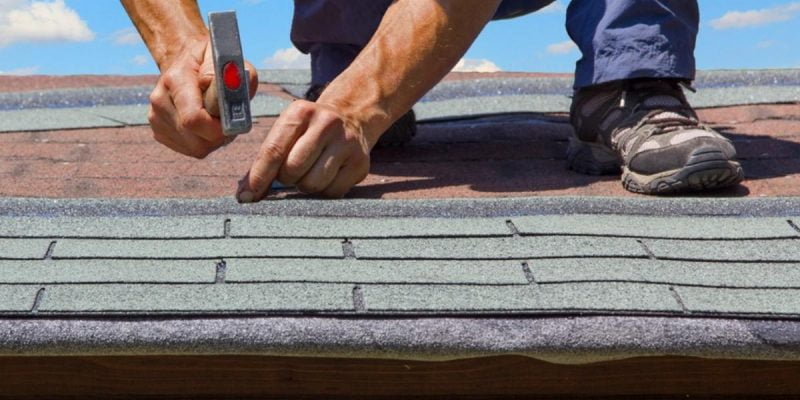
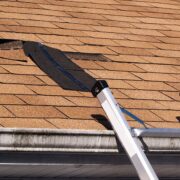
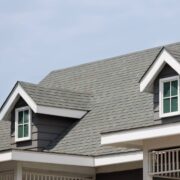
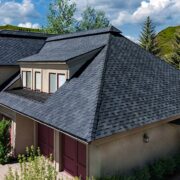
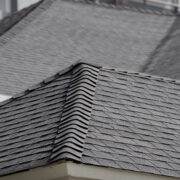
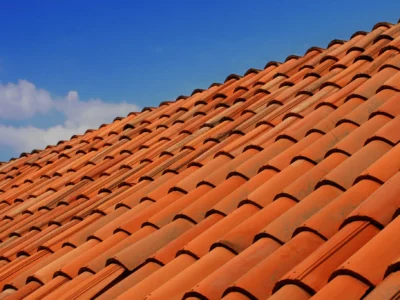
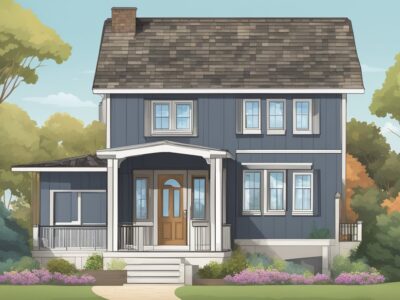
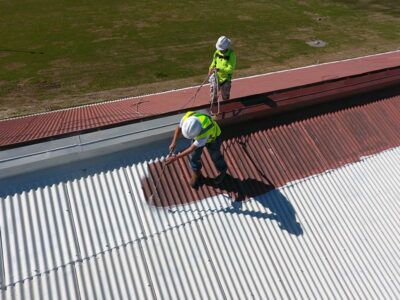
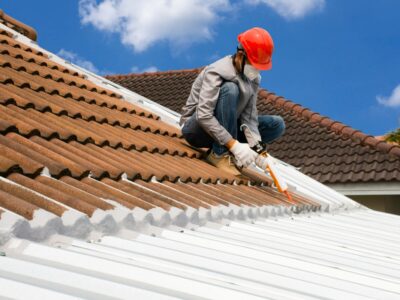


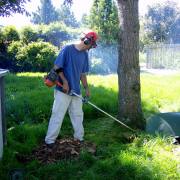

Comments